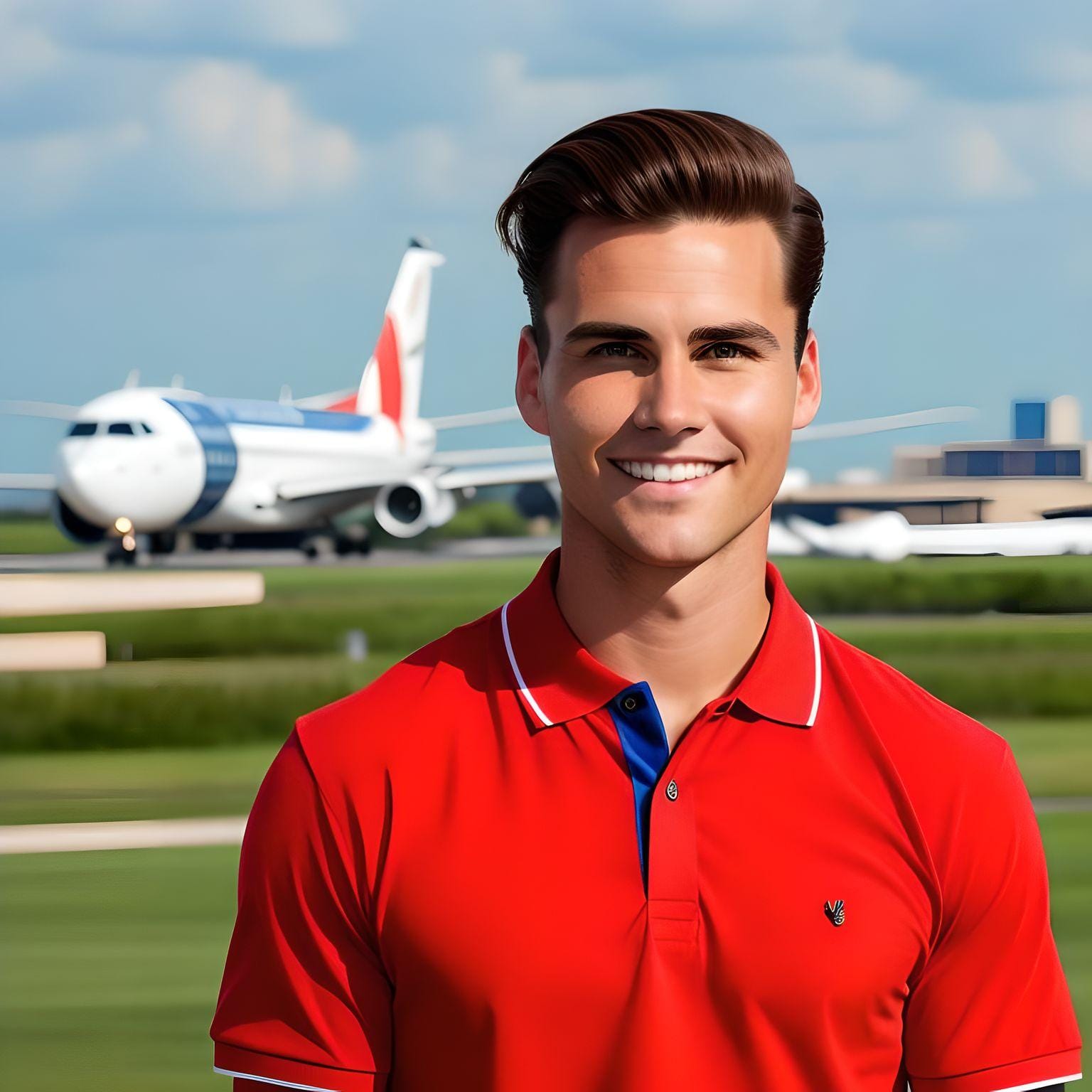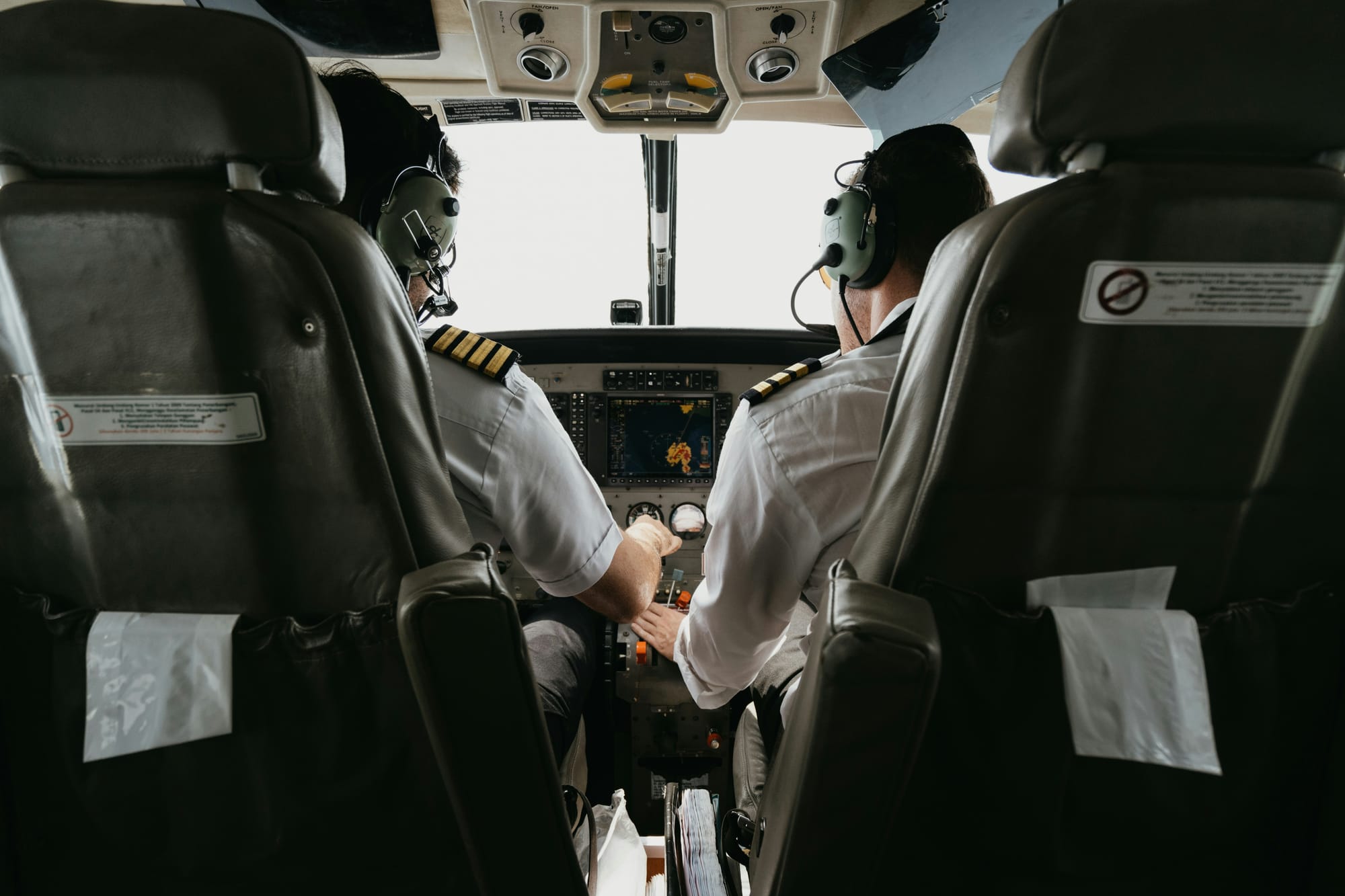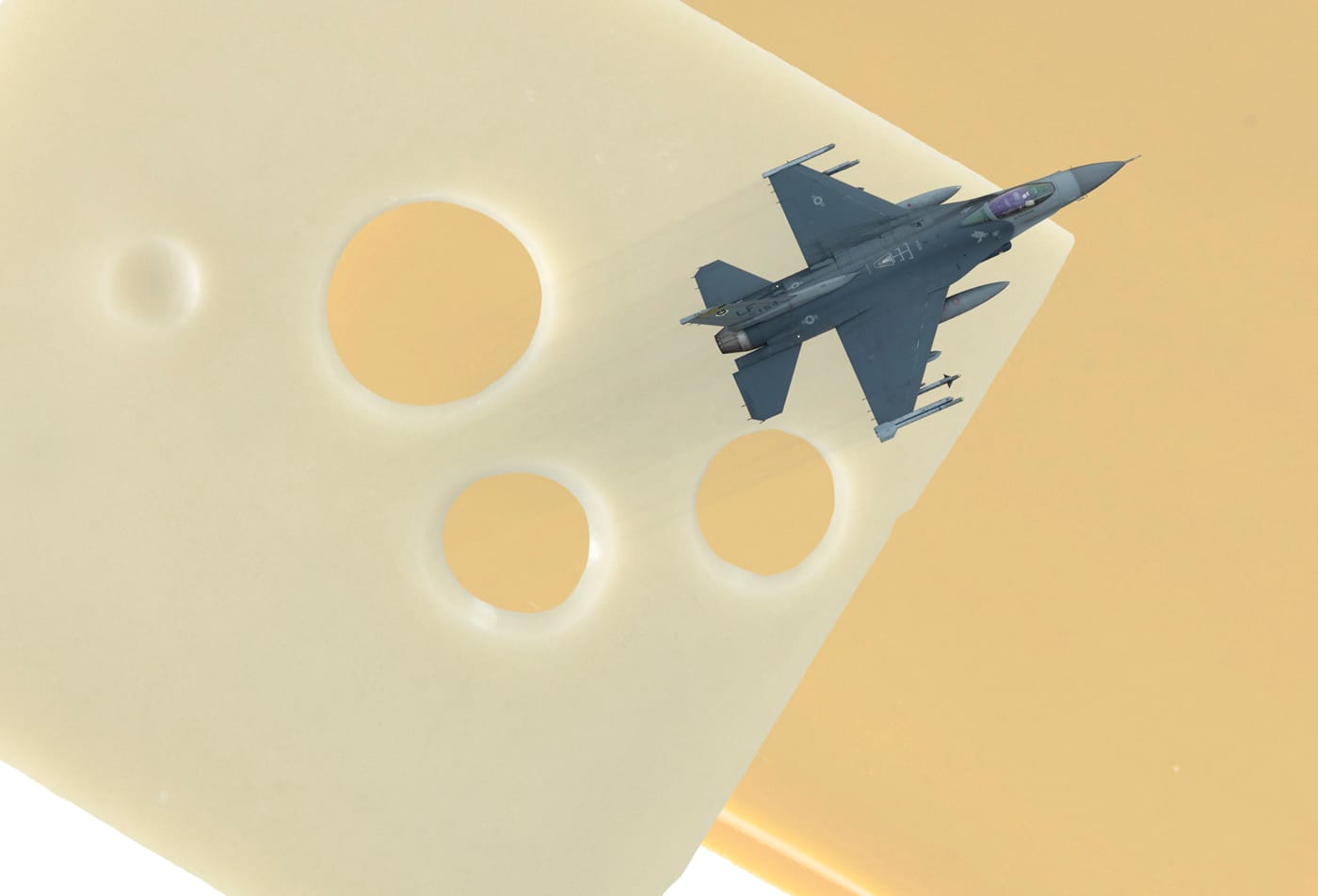The Rigorous Journey to Becoming a Commercial Airline Pilot
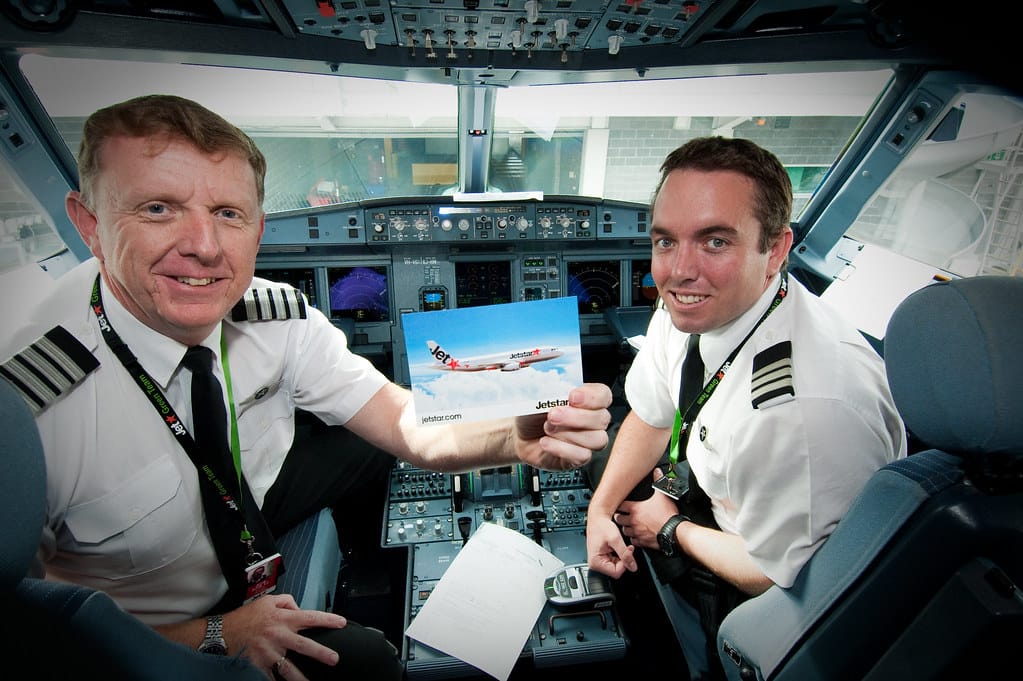
Becoming a commercial airline pilot is no small feat. The process requires years of rigorous training, discipline, and commitment to ensure pilots are well-prepared for the immense responsibility of operating an aircraft with hundreds of passengers onboard. The journey doesn’t end once a pilot achieves commercial status; continuous training and assessments are required to maintain proficiency and adapt to evolving aviation technologies and regulations.
So, what training does a commercial pilot go through?
Initial Training: The Foundation
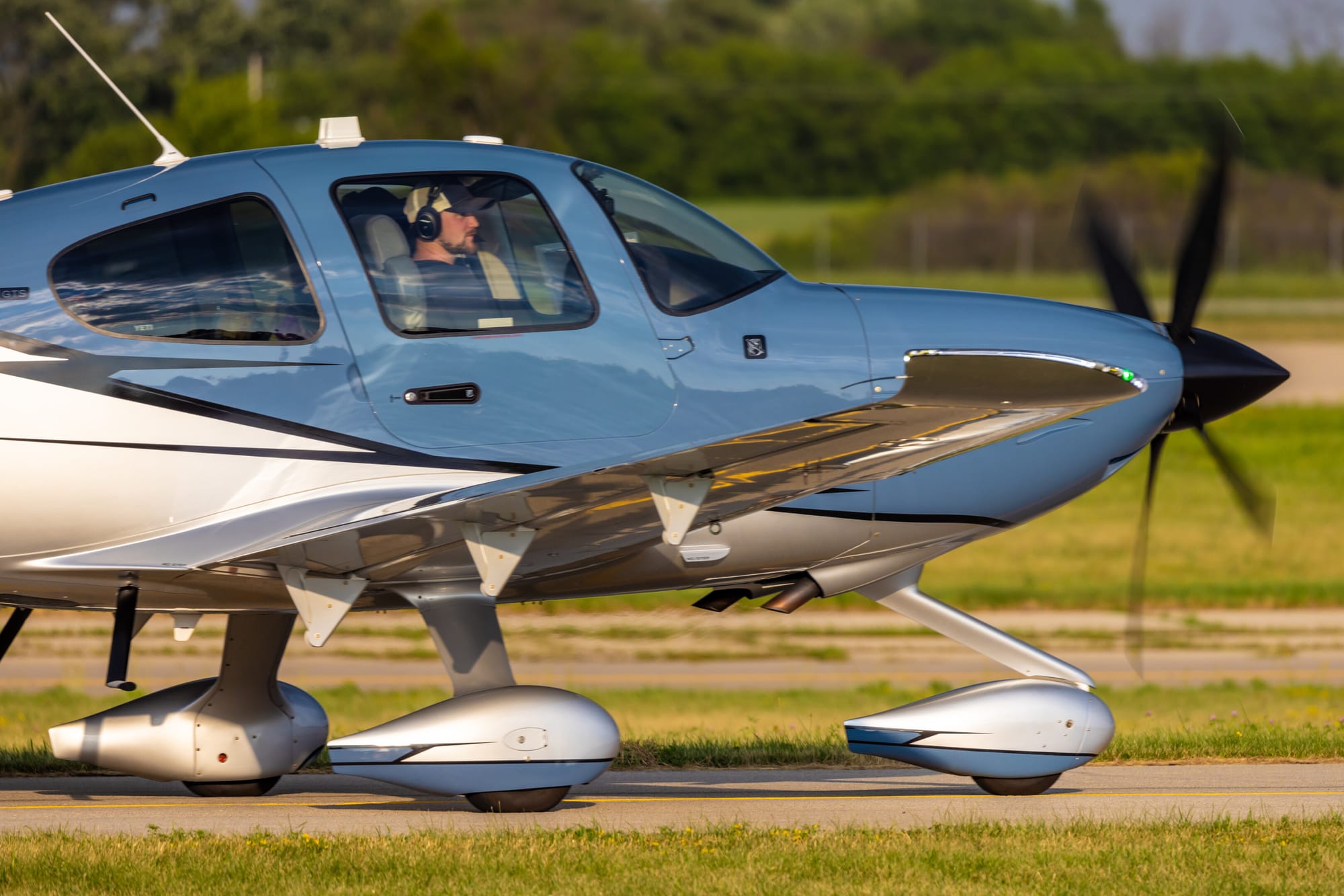
The first step in becoming a commercial airline pilot is obtaining a private pilot license (PPL). This requires a minimum of 40 flight hours, including solo and instructor-led flights, and passing a written exam and flight test. Once a PPL is obtained, aspiring pilots must advance to an instrument rating (IR), which allows them to fly in adverse weather conditions using only instruments for navigation.
Following this, the next milestone is acquiring a commercial pilot license (CPL), requiring at least 250 flight hours. This training emphasizes advanced aerodynamics, emergency procedures, and in-depth navigation skills. Many pilots also pursue a multi-engine rating (ME) to operate larger, more complex aircraft.
Advanced Training: Building Experience
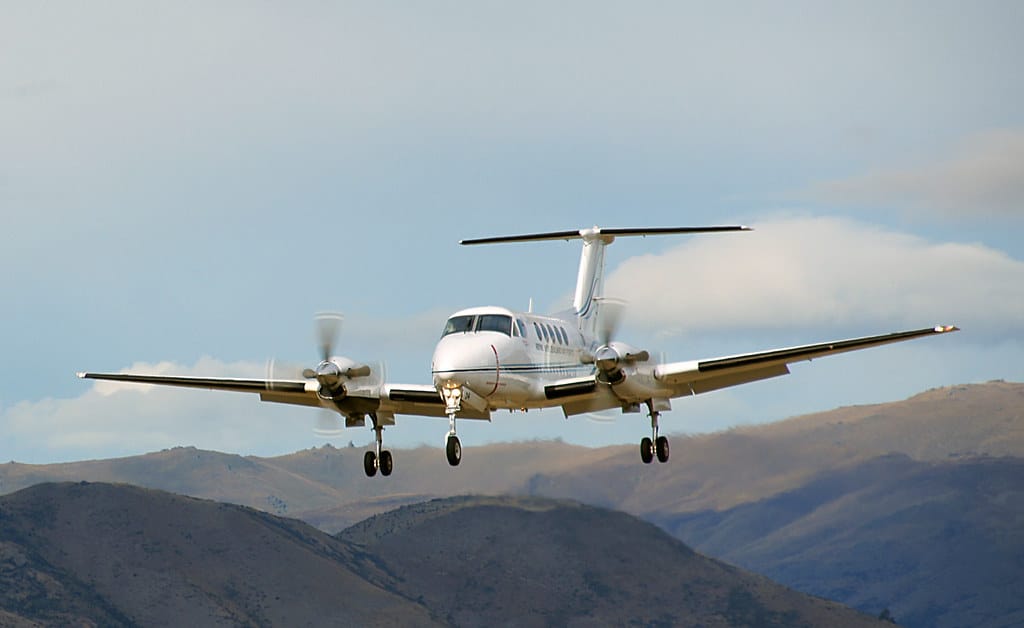
After obtaining a CPL, pilots need to gain significant flight experience before they can be hired by an airline. Many work as flight instructors, charter pilots, or regional pilots to build their hours. In most cases, commercial airlines require a minimum of 1,500 flight hours to qualify for an Airline Transport Pilot License (ATPL), which is the highest level of certification.
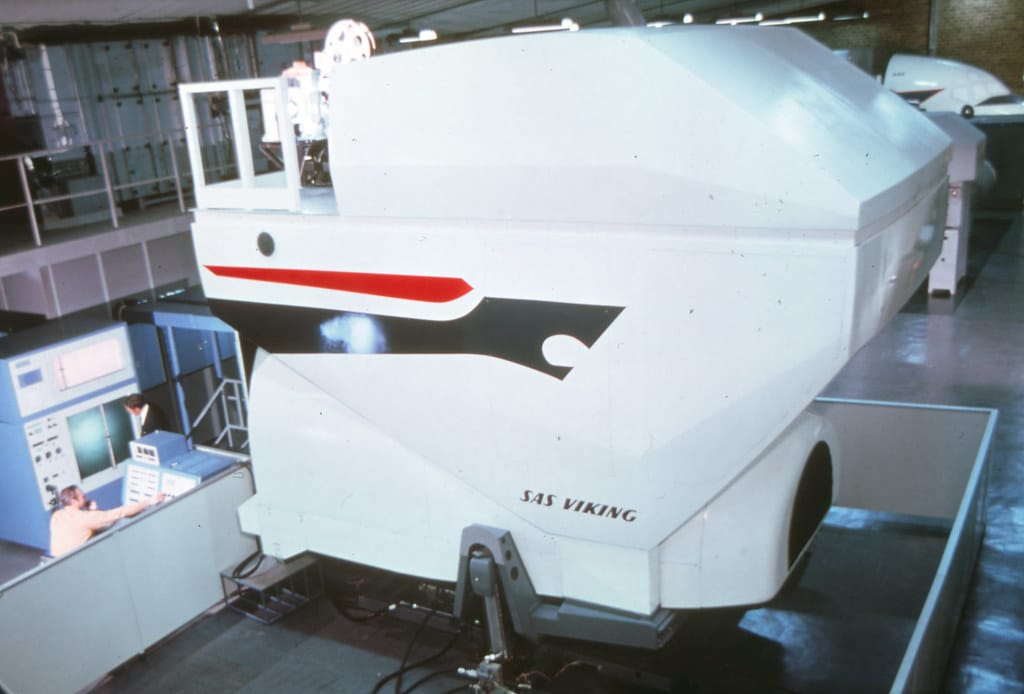
In addition to flight hours, pilots must pass rigorous written exams, simulator tests, and practical flight evaluations to obtain their ATPL. Many candidates also enroll in airline-specific training programs, which introduce them to the operational environment of major carriers.
Type Ratings and Airline Training
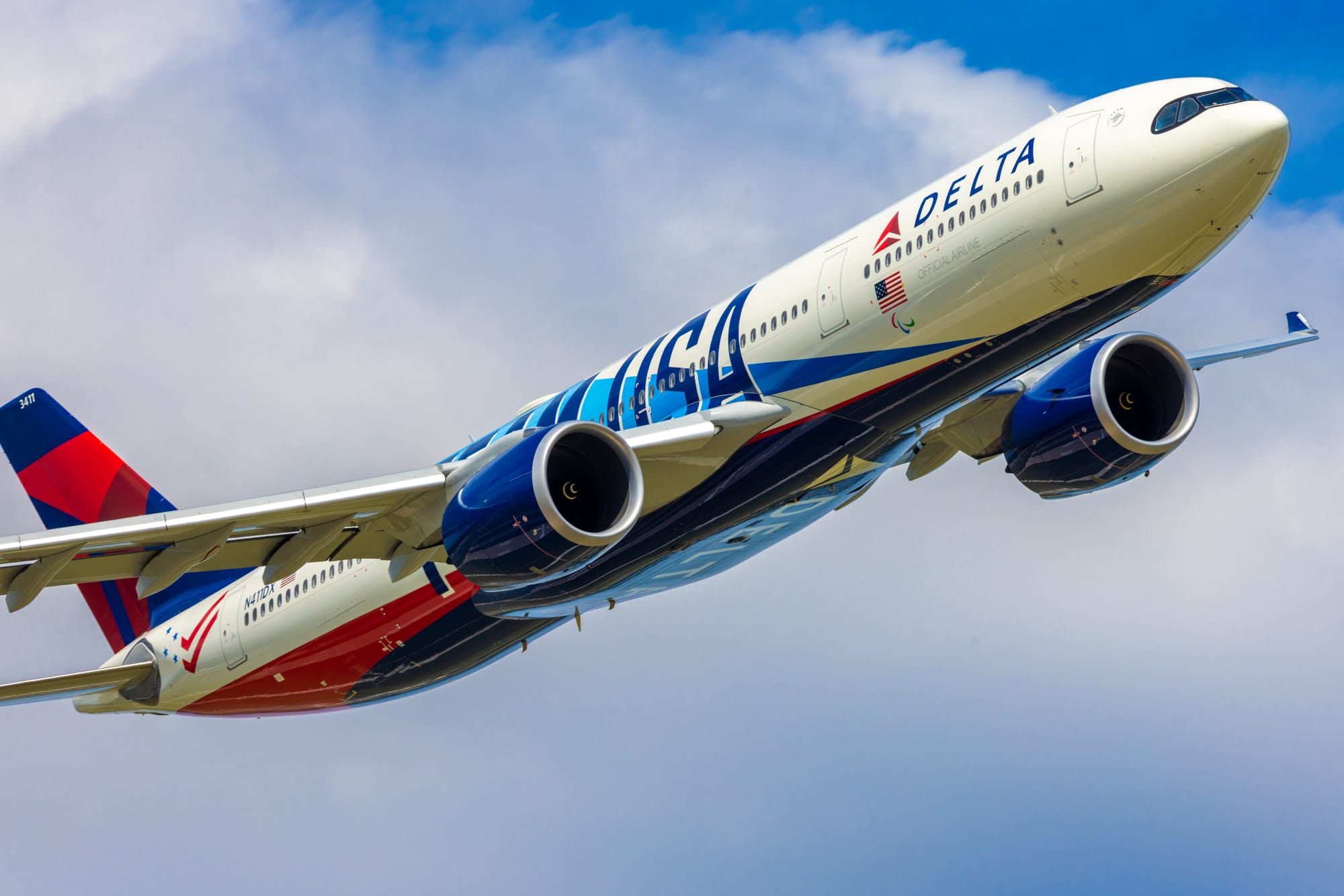
Once hired by an airline, pilots must complete type rating training specific to the aircraft they will be flying. This involves weeks of intensive ground school, full-motion simulator training, and check rides with an examiner. Airlines also require pilots to undergo line training, where they fly real-world routes under the supervision of experienced captains.
Even after achieving full airline pilot status, training never stops. Pilots must undergo recurrent training every six months, which includes simulator sessions to practice emergency scenarios and procedural updates. Additionally, they must pass proficiency checks conducted by airline examiners or aviation authorities.
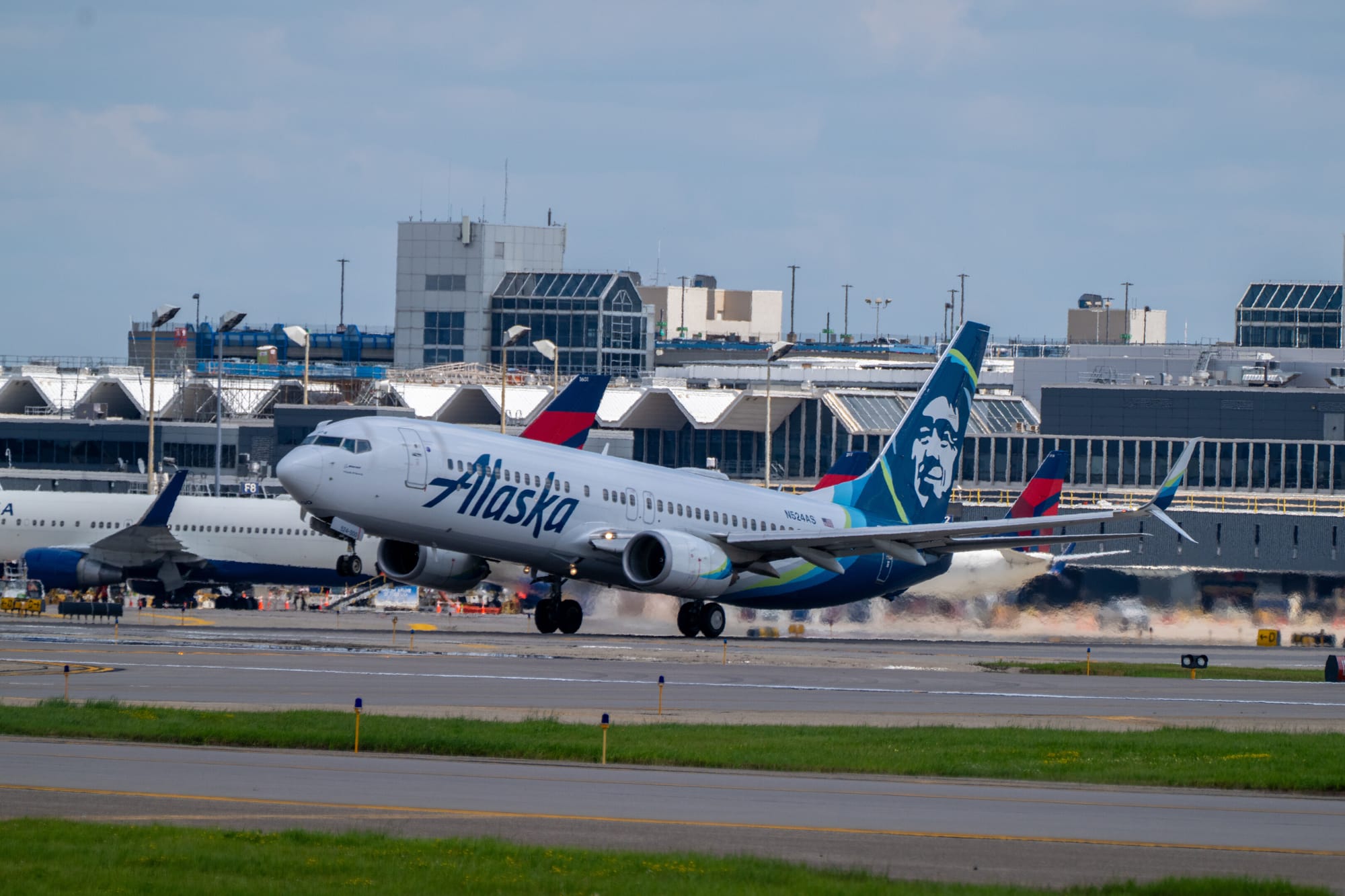
Airlines also require pilots to complete annual ground school refresher courses covering new regulations, safety protocols, and aircraft system updates. Moreover, pilots participate in Crew Resource Management (CRM) training, which focuses on teamwork, communication, and decision-making under pressure.
Final Thoughts
Becoming a commercial airline pilot is an arduous and ongoing process that demands dedication, skill, and continuous learning. From initial flight training to recurrent simulator sessions throughout their careers, pilots must constantly refine their expertise to ensure the highest levels of safety and efficiency. The extensive training and assessments reflect the critical nature of their role in aviation, reinforcing the trust passengers place in them every time they step aboard an aircraft.

